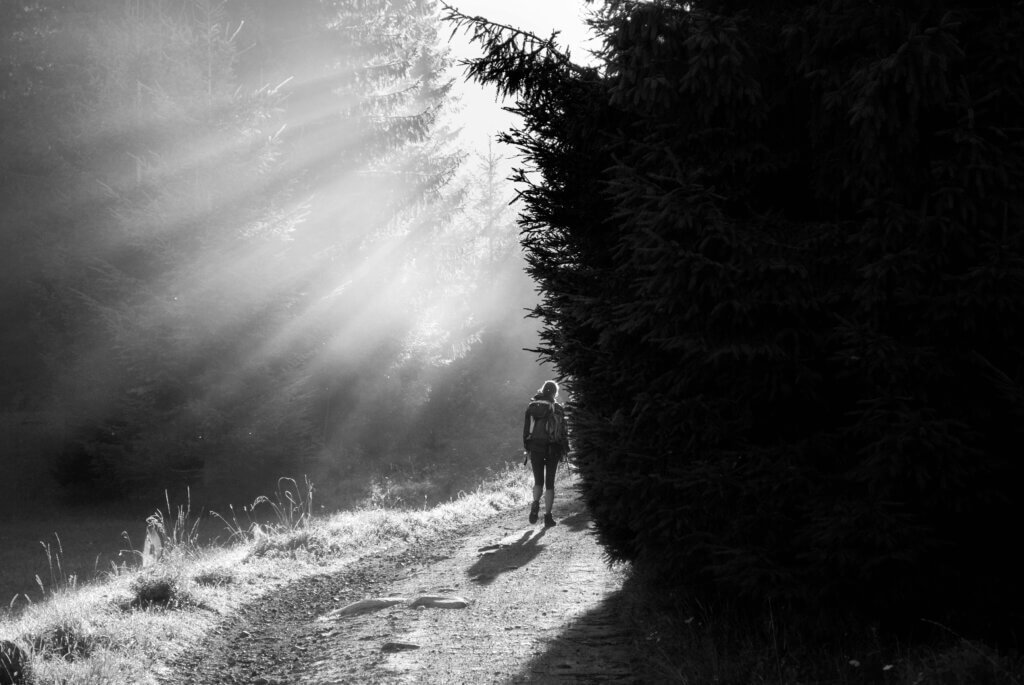Embarking on your first solo hiking trip is both thrilling and daunting. The idea of being alone in nature can be liberating, yet it requires careful planning and preparation. In this guide, we’ll walk through each step of planning a solo hiking adventure, sharing tips and personal stories from the trail to inspire and inform you.
Choosing the Right Trail
Research and Recommendations
Start by researching trails that suit your skill level and interests. Websites like AllTrails and local hiking forums can provide valuable insights and recommendations. For my first solo hike, I chose a well-trodden path in the Blue Ridge Mountains, known for its scenic views and moderate difficulty.
Assessing Your Fitness Level
Be honest about your fitness level. Choose a trail that matches your experience to ensure an enjoyable and safe hike. I spent weeks building up my stamina with shorter hikes before tackling my chosen trail.
Packing Essentials
Gear Checklist
Create a checklist of essential gear. This includes sturdy hiking boots, weather-appropriate clothing, a backpack, navigation tools, and a tent or sleeping bag if you’re overnighting. On my first solo hike, I realized the importance of a well-fitted backpack to distribute weight evenly.
Food and Water
Pack sufficient food and water for the duration of your hike. Opt for lightweight, high-energy snacks like nuts, dried fruits, and energy bars. A hydration system or water bottles are crucial. I found that packing a water filter was a game-changer, allowing me to refill from natural water sources.
Safety First
Navigational Tools
Ensure you have reliable navigational tools, such as a map, compass, or GPS device. Knowing how to use these tools is vital. During my hike, my GPS lost signal, but my compass and map kept me on track.
First Aid and Emergency Plan
Carry a comprehensive first aid kit and know how to use it. Also, have an emergency plan, including a way to contact someone if things go wrong. I informed a friend of my itinerary and check-in times, giving both of us peace of mind.
Preparing Mentally and Physically
Training and Conditioning
Prepare your body with regular exercise focusing on cardio, strength, and endurance. I included uphill walking and stair climbing in my routine to simulate trail conditions.
Mental Readiness
Solo hiking requires mental resilience. Practice mindfulness and positive thinking to overcome challenges. On my hike, moments of solitude were initially intimidating but soon became opportunities for self-reflection and personal growth.
On the Trail: Stories and Tips
Pacing Yourself
Find a comfortable pace that allows you to enjoy the journey without exhausting yourself. I learned to listen to my body, taking breaks when needed and savoring the natural beauty around me.
Solo Moments of Reflection
Solo hiking offers unique moments of introspection. Take time to journal, meditate, or simply enjoy the silence. One memorable evening, I watched the sunset from a hilltop, feeling a profound connection to nature and myself.

Planning your first solo hiking trip is an enriching experience that combines adventure with personal growth. By choosing the right trail, packing wisely, prioritizing safety, and preparing mentally and physically, you can embark on a journey that leaves you feeling empowered and connected to nature. So lace up your boots, hit the trail, and discover the joys of solo hiking.

